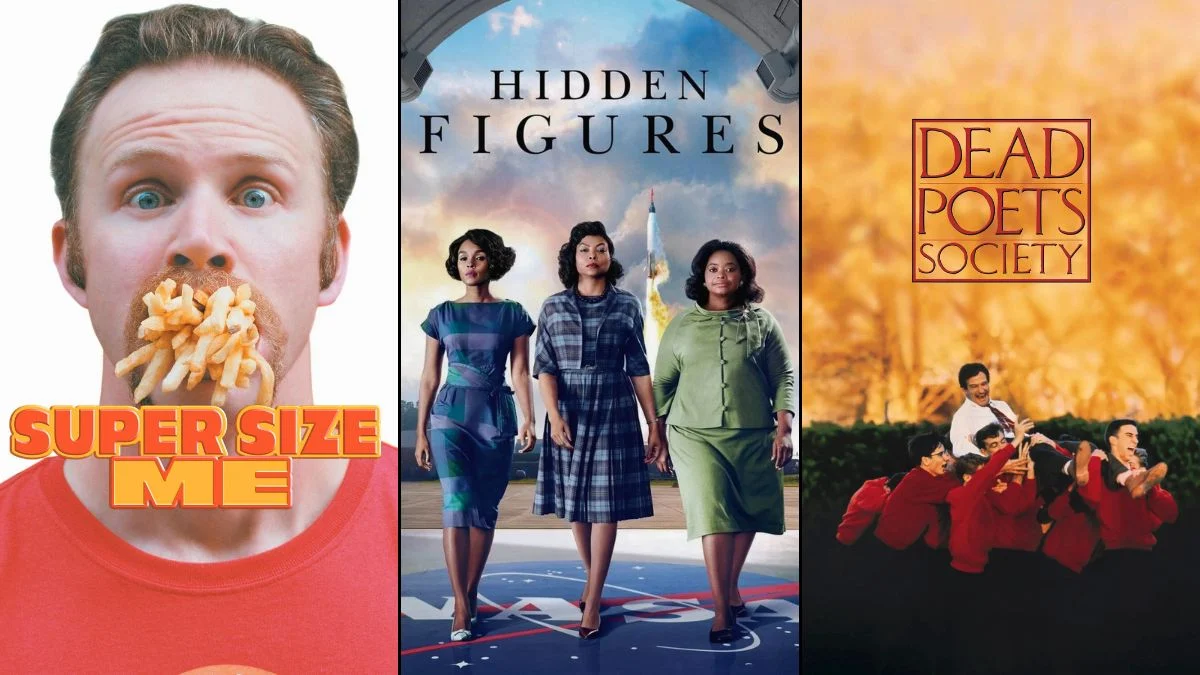
Teachers frequently use films to bring subjects like literature, history, science, and social studies to life, helping students understand challenging ideas. A well-chosen movie can encourage thoughtful discussions, foster understanding of different perspectives, and simplify difficult topics. These films often complement what students are already learning or help them develop important skills like critical thinking and building strong arguments. Here are some popular movies teachers regularly use to make lessons more memorable.
‘To Kill a Mockingbird’ (1962)
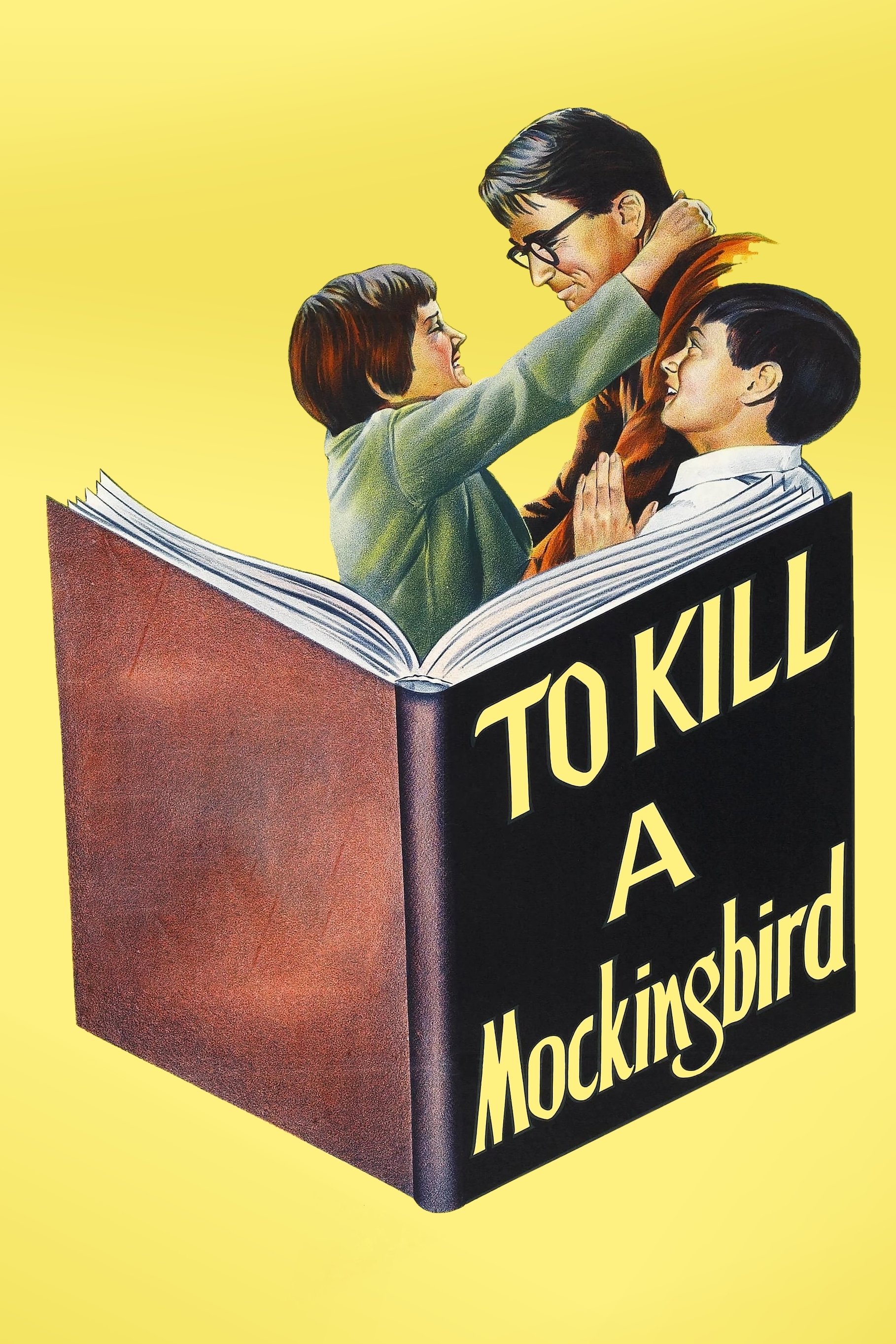
This adaptation enhances lessons on American literature and the Civil Rights Movement by vividly portraying courtroom drama and moral bravery. Students develop their close reading abilities by analyzing characters’ reasons for acting, different perspectives, and symbolic elements. Teachers frequently use scenes from the adaptation alongside the original novel to encourage comparisons between the two. Classroom discussions center around themes of fairness, understanding others, and how prejudice affects people and communities.
‘Schindler’s List’ (1993)
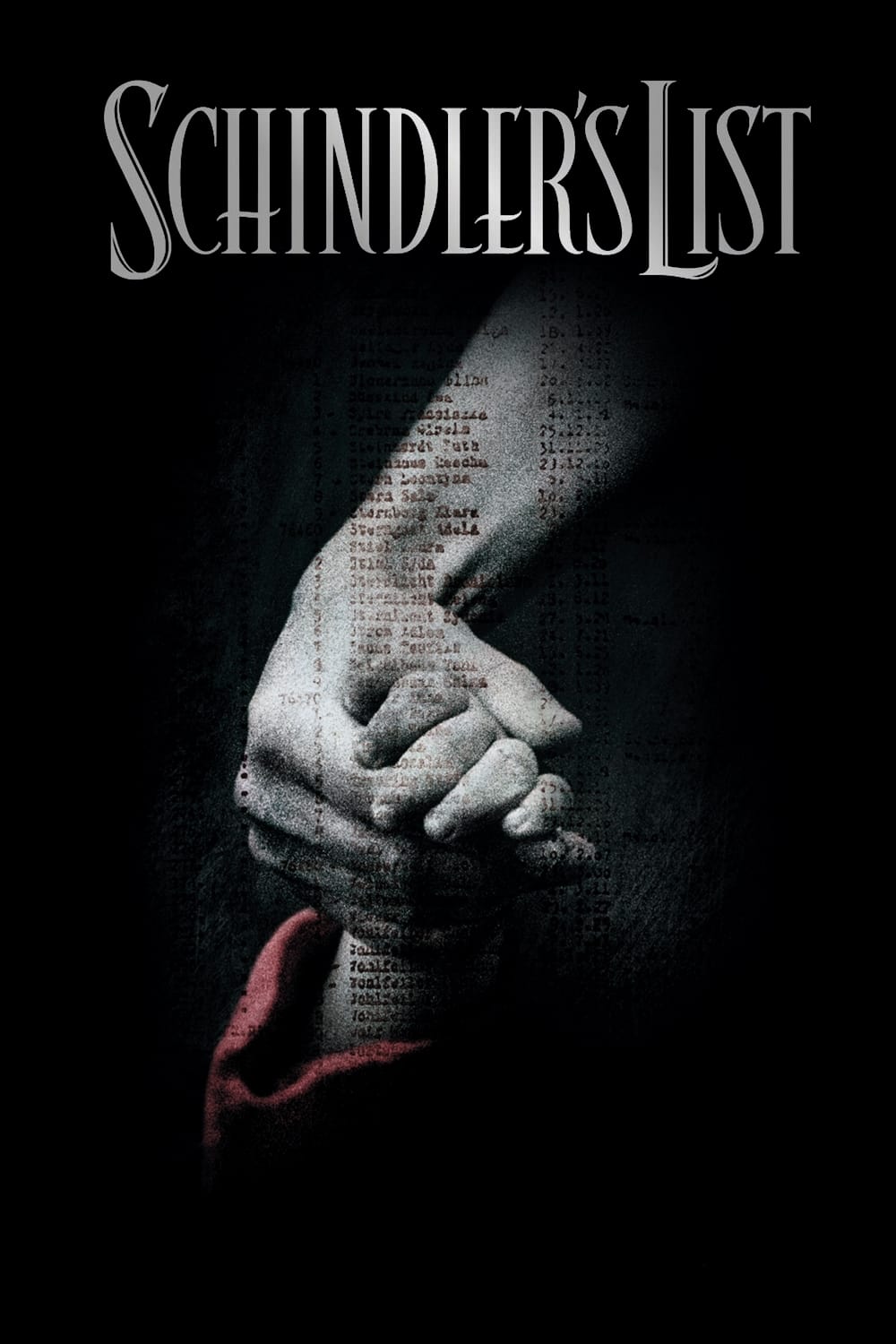
This film is often used in history classes to help students learn about the Holocaust by sharing individual stories and showing historical footage. Before watching, teachers provide background information about World War II and genocide to ensure students understand the context. After viewing, students often hear from Holocaust survivors and write about the difficult moral decisions people faced. Teachers frequently use specific clips from the film alongside discussion questions to address the sensitive subject matter carefully.
’12 Angry Men’ (1957)

This film is a popular tool in government and civics classes for teaching about how juries reach decisions and what it means to prove something. It effectively demonstrates how people use persuasive language, how personal biases can influence thinking, and common errors in reasoning, all within the context of a jury room. Teachers often have students take notes on how arguments are built and what kind of evidence is presented as the jurors discuss the case. This helps students learn to recognize main arguments, opposing viewpoints, and the importance of having a reasonable doubt.
‘Dead Poets Society’ (1989)

This story is often used in English classes to explore how writers create their unique voice, the pressures to conform, and the impact of poetry. Teachers help students examine how a poem’s tone and central ideas relate to moments in the story. Students then share their own thoughts, connecting what they learn from the text to the characters’ decisions. The film version also helps illustrate literary devices like metaphors and similes, and how having a good mentor can improve learning.
‘The Outsiders’ (1983)

This version of the story makes it easier for students in middle school and the early years of high school to learn how to analyze literature. Teachers use it to help students understand the story’s plot, how characters develop, and the ideas of social class and feeling like you belong. Comparing this version to the original book helps students learn how to support their ideas with evidence from the text. Students also commonly create charts to track characters and talk about how problems and disagreements cause things to happen.
‘Remember the Titans’ (2000)

This film is used in social studies and gym classes to explore themes like working together, leadership, and building trust. Teachers often connect the film to the history of schools integrating, and students observe how characters learn to collaborate despite their differences. Class activities frequently involve setting goals and practicing how to resolve disagreements.
‘October Sky’ (1999)
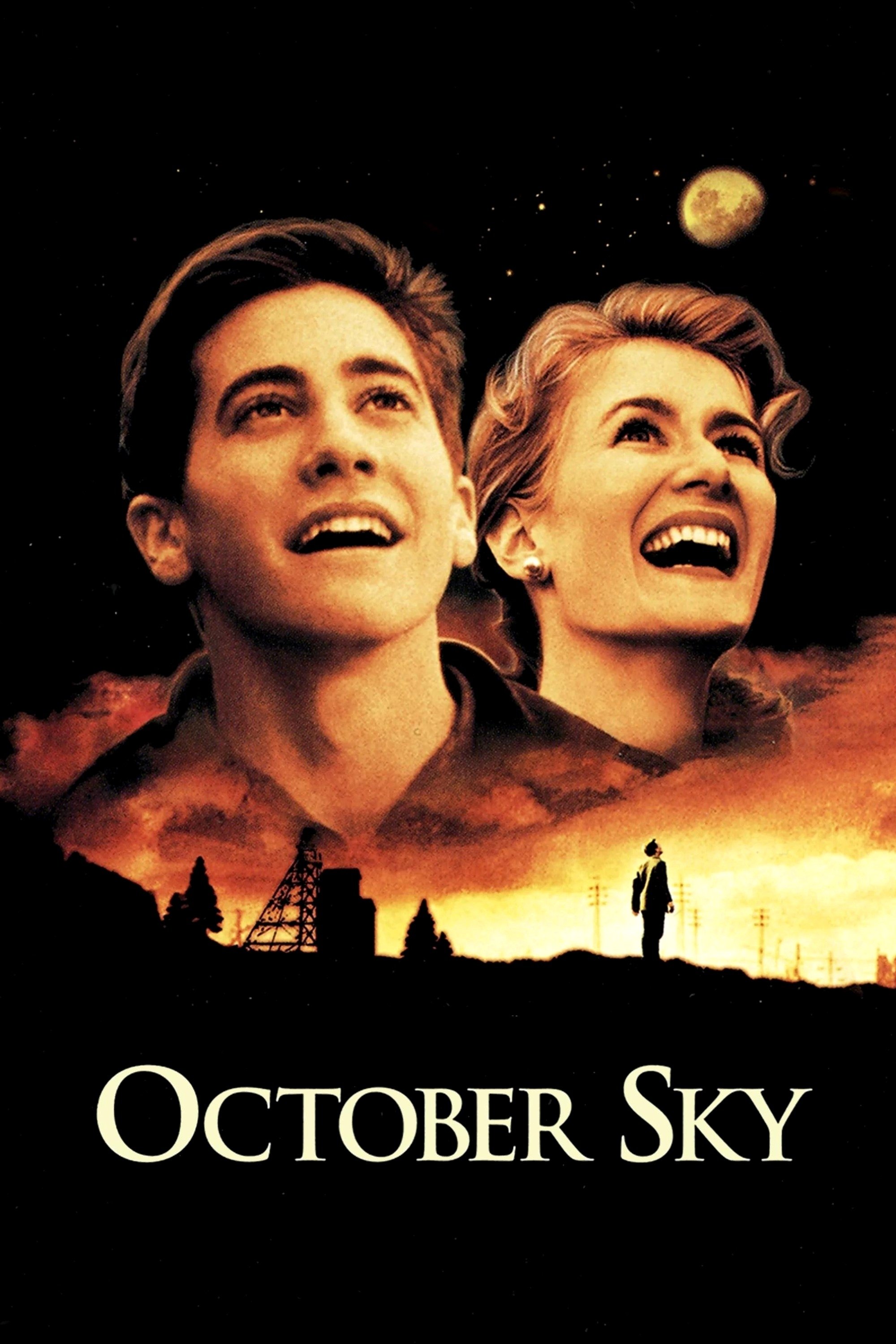
This film is a popular tool in science classrooms for getting students excited about rockets and the way science works. Teachers often use clips to illustrate physics principles like how rockets are propelled and the path they follow. Students might build and launch their own small rockets or analyze data from launches. The movie also shows how hard work and guidance from mentors are important for success in science, technology, engineering, and math.
‘The Great Gatsby’ (2013)
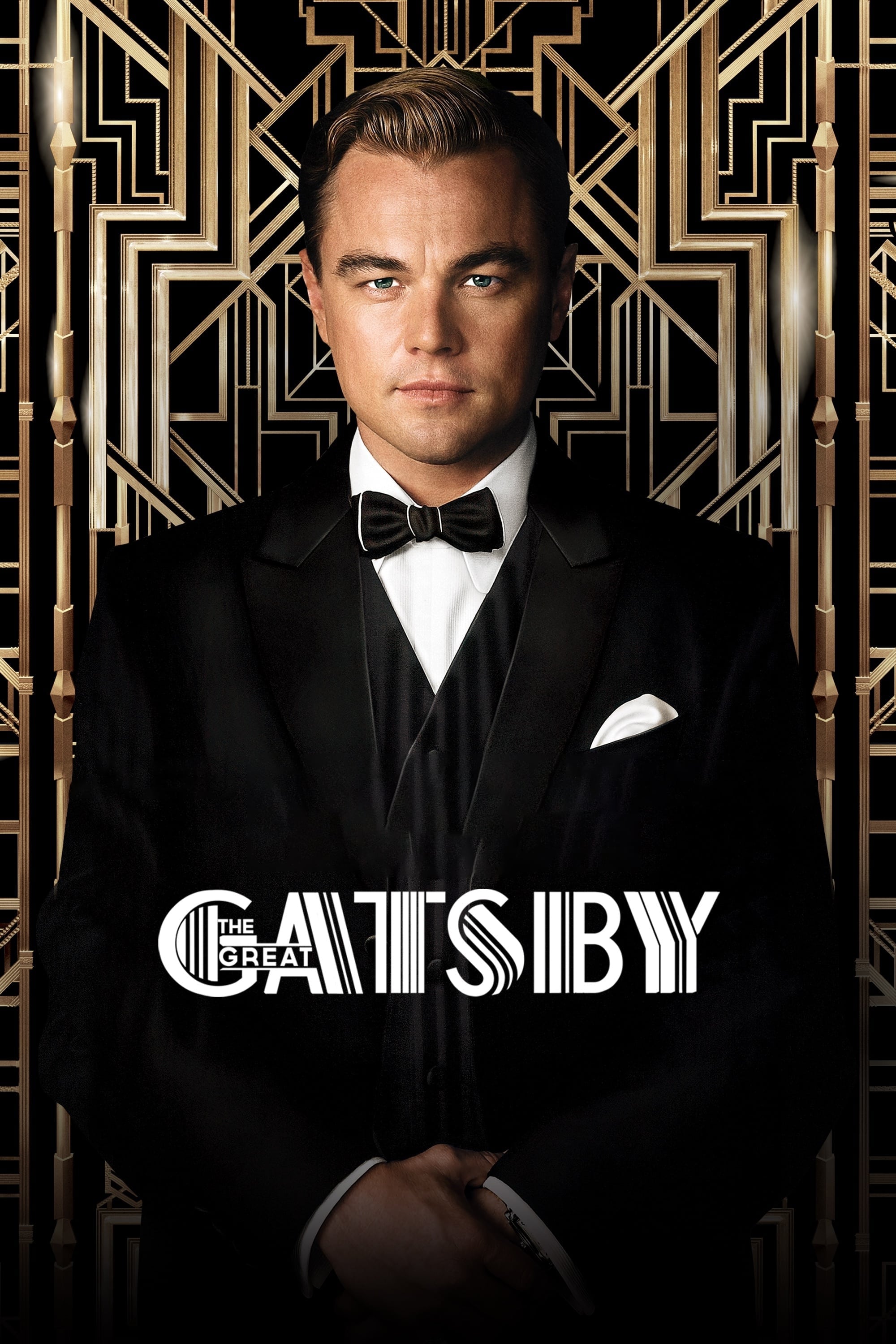
Teachers often use this version of the story to explore themes like hidden meanings, biased storytelling, and the pursuit of social status. Students analyze visual elements and compare them to descriptions in the book to better understand its message. The lessons center on how characters grapple with wealth, who they are, and the idea of achieving success in America. Students support their ideas by carefully examining important parts of the text and analyzing key scenes.
‘Of Mice and Men’ (1992)
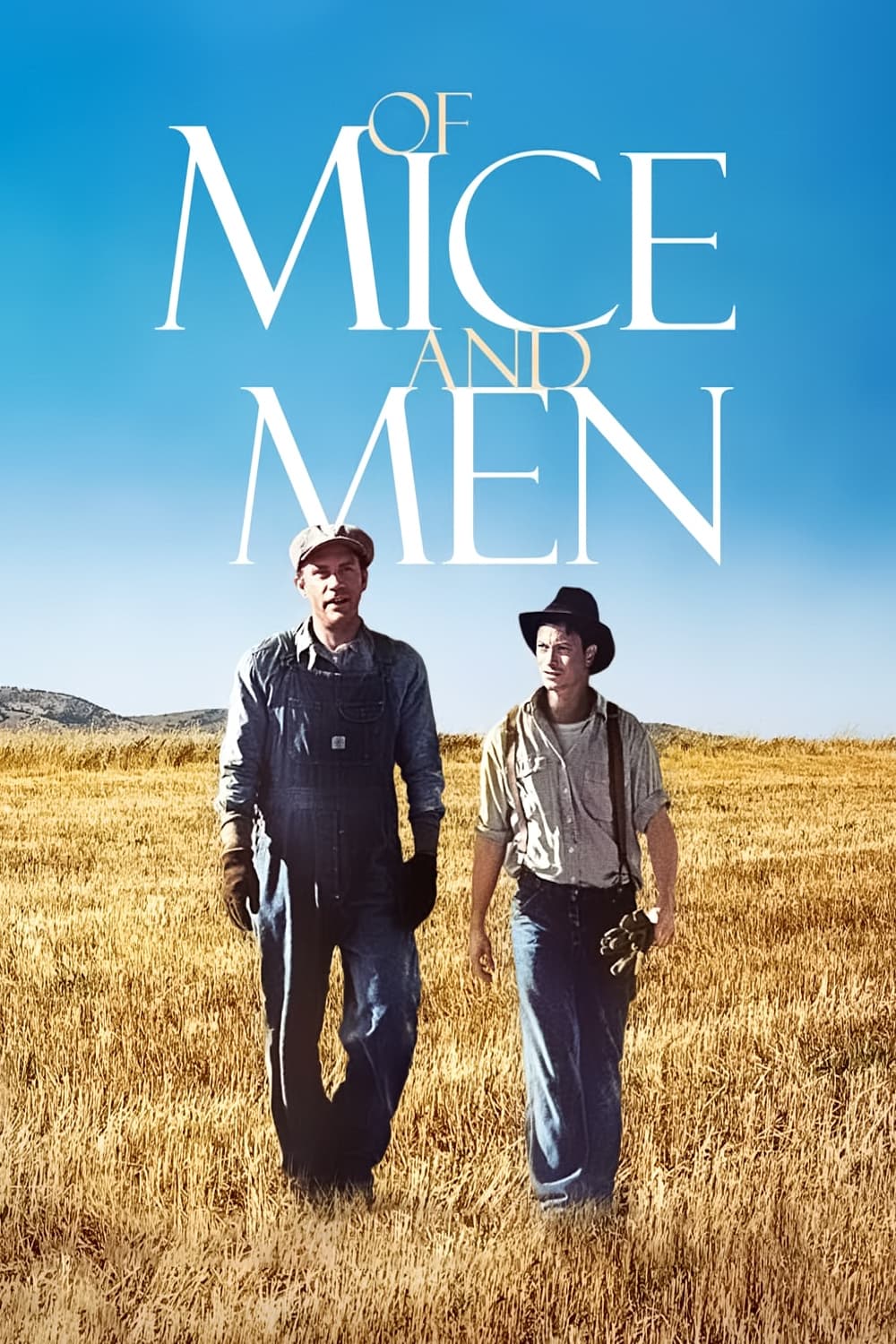
As a movie lover, I think this film is fantastic for classrooms because it really gets students thinking. It’s not just a story; it’s a chance to unpack how friendships work, how power shifts between people, and what it’s like when times are tough financially. My teachers always used to point out how the director hints at what’s coming and builds the central ideas, and we’d spend a lot of time analyzing the characters. We’d even have to back up our interpretations with specific examples from the movie – what characters said and did. The writing assignments were always thought-provoking too, making us consider things like who’s responsible for what happens and what happens when people cut themselves off from others.
‘The Crucible’ (1996)
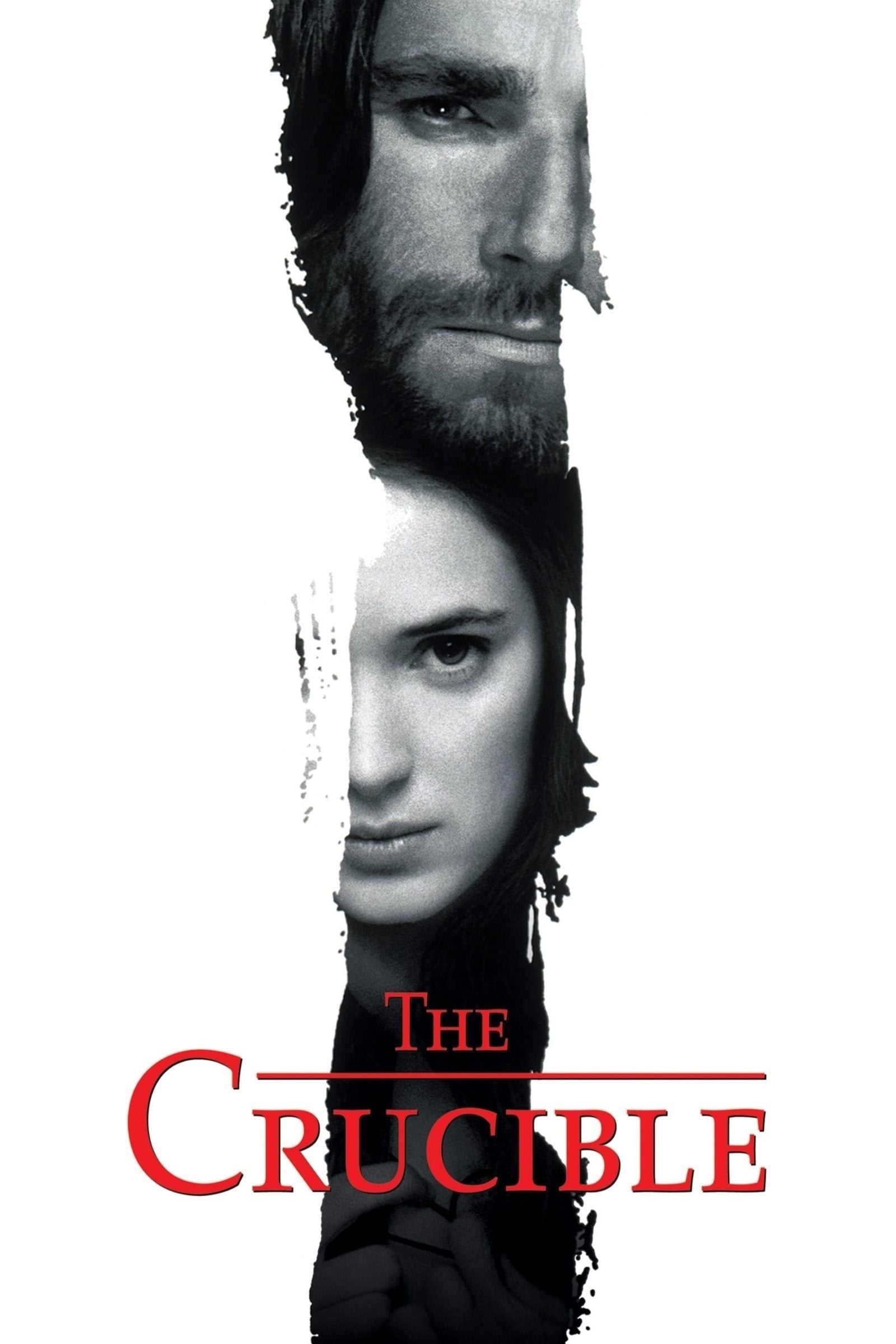
This film is frequently used in history and English classes to teach about the Salem witch trials and how quickly fear can spread. Teachers use the story to explore ideas like false accusations, the importance of reputation, and the power of fear. Students examine how the film shows power dynamics and the use of evidence in a trial setting. Often, classes will compare the film’s events with actual historical records to assess its accuracy and understand the filmmakers’ intentions.
‘Hidden Figures’ (2016)

This inspiring true story brings math and science to life by focusing on real-world problem-solving and teamwork. Teachers use the film to illustrate concepts like how things orbit and the basics of computing. Students also learn about the challenges the people in the story faced, and explore the history behind their achievements. The learning experience includes working with data and discovering the contributions of pioneers in space exploration.
‘Glory’ (1989)
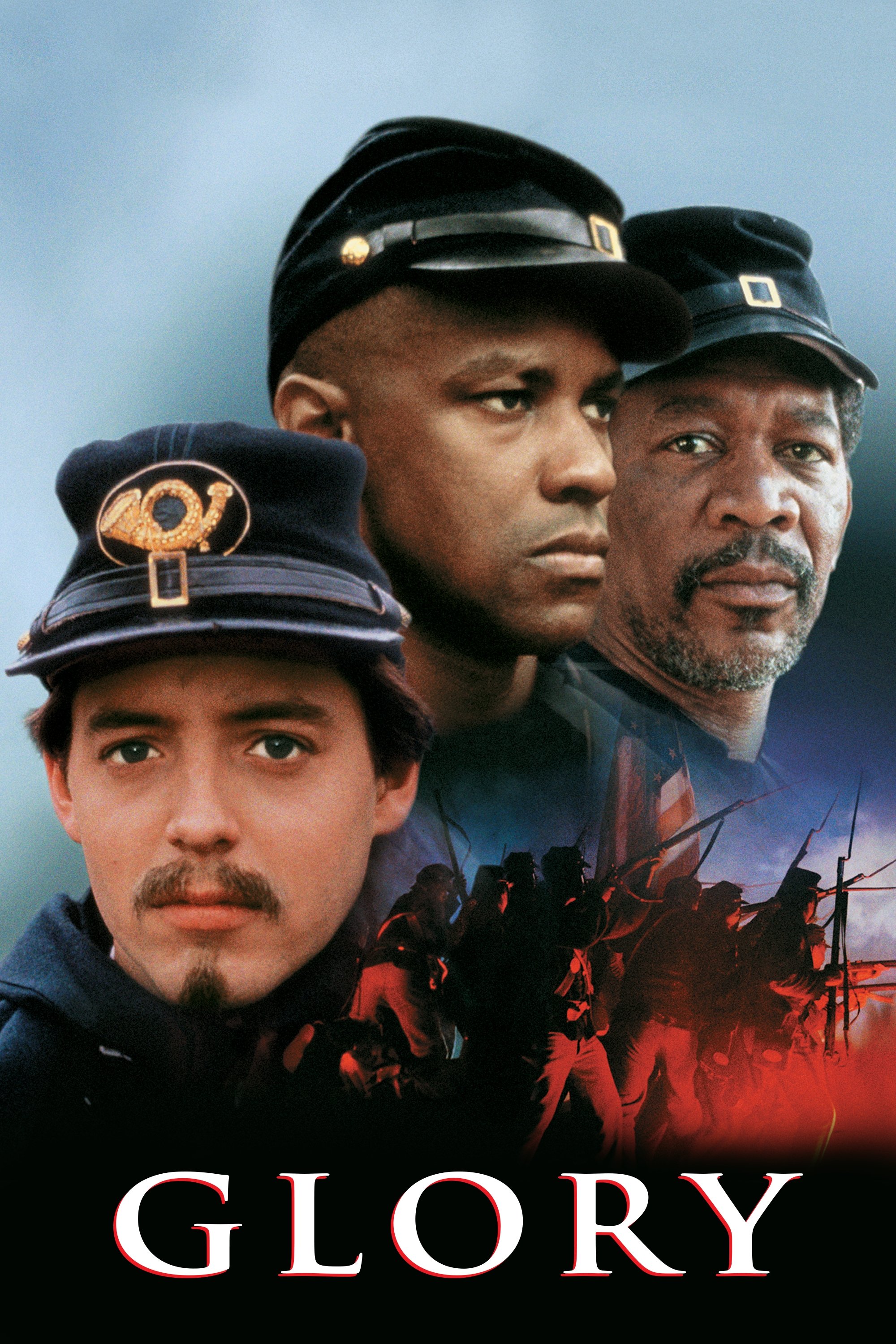
This film is often used in U.S. history classes to teach about the Civil War, particularly the contributions of the United States Colored Troops. Teachers typically provide context about the army’s organization and the struggle these soldiers faced for equal pay and respect. Students then examine the choices made by leaders and look at original documents from that time. Class discussions usually center around themes of bravery, selflessness, and what it means to be a citizen.
‘Stand and Deliver’ (1988)
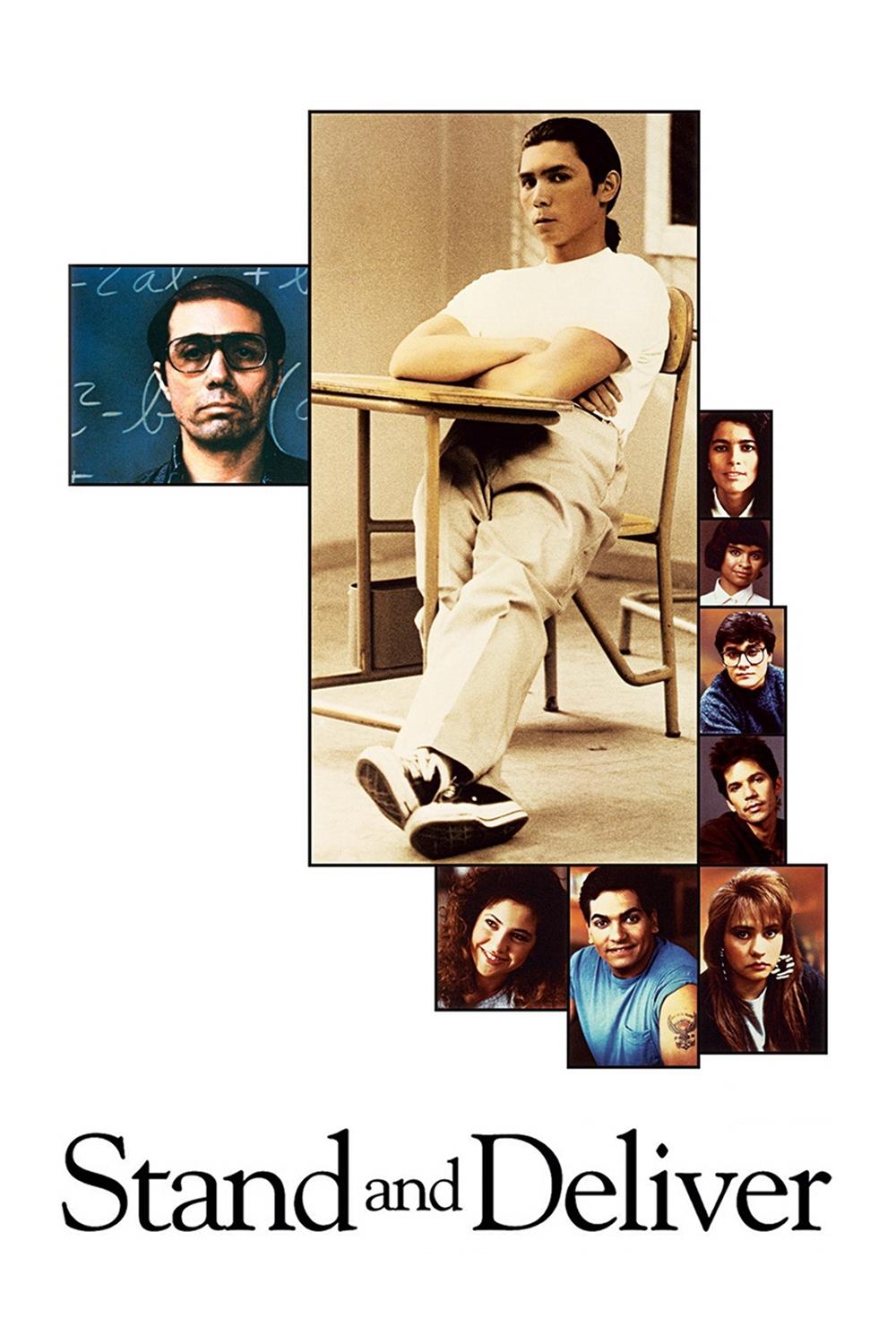
This short film helps teach algebra and calculus concepts while highlighting the importance of sticking with challenging math problems. Teachers can use it to talk about developing a positive attitude towards learning and how to study effectively. Students are encouraged to set goals and think about their own problem-solving approaches. The film also promotes students helping each other and breaking down difficult problems into smaller, manageable steps.
‘Gattaca’ (1997)
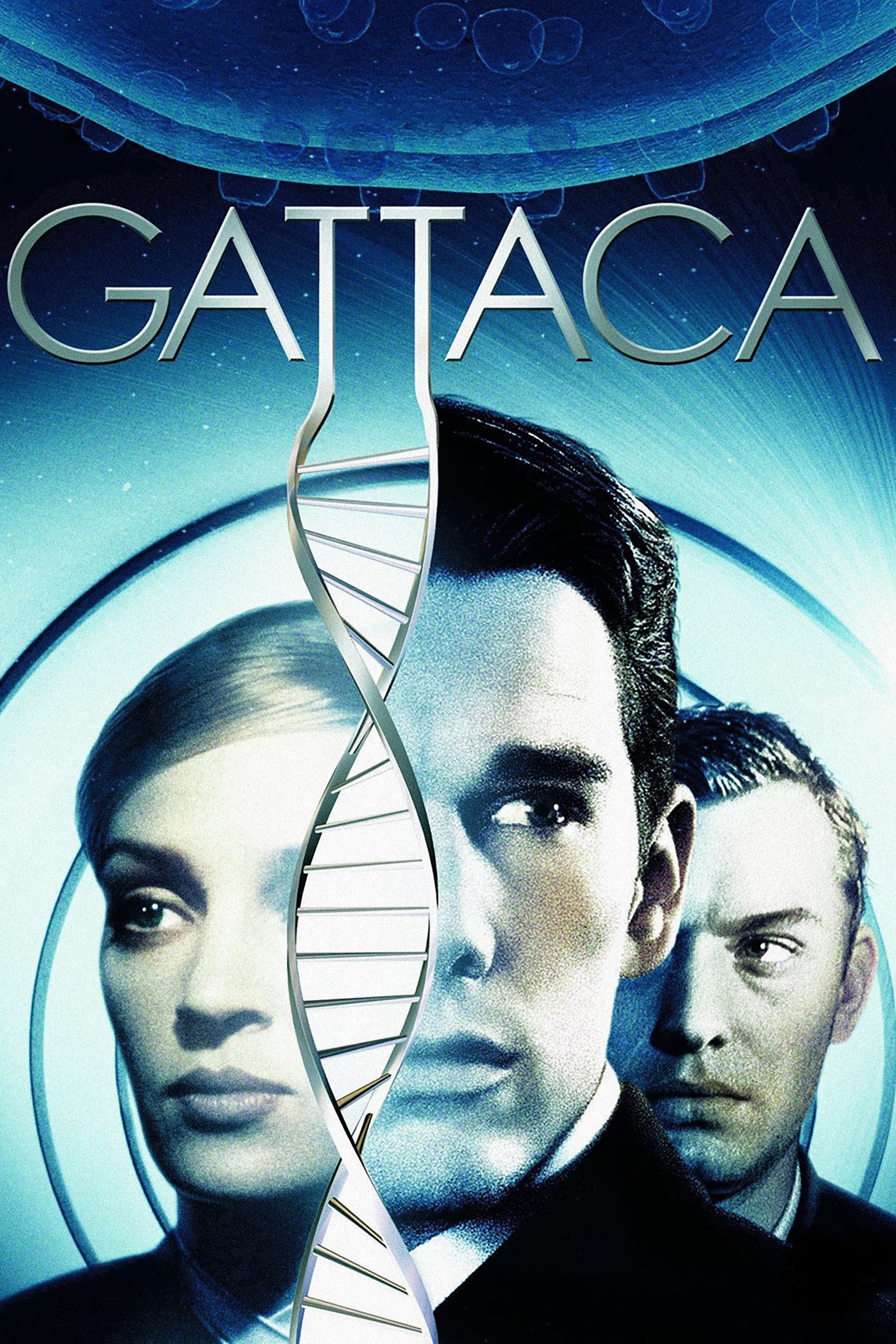
This film is a valuable tool in biology and ethics classes for exploring topics like genetics, privacy, and discrimination. Before watching, teachers typically explain key ideas such as genetic screening and how traits are inherited. Afterwards, students discuss the ethical and societal impact of these technologies, and how they can affect people’s opportunities. A common assignment involves students writing persuasive essays backed by evidence.
‘The Diary of Anne Frank’ (1959)
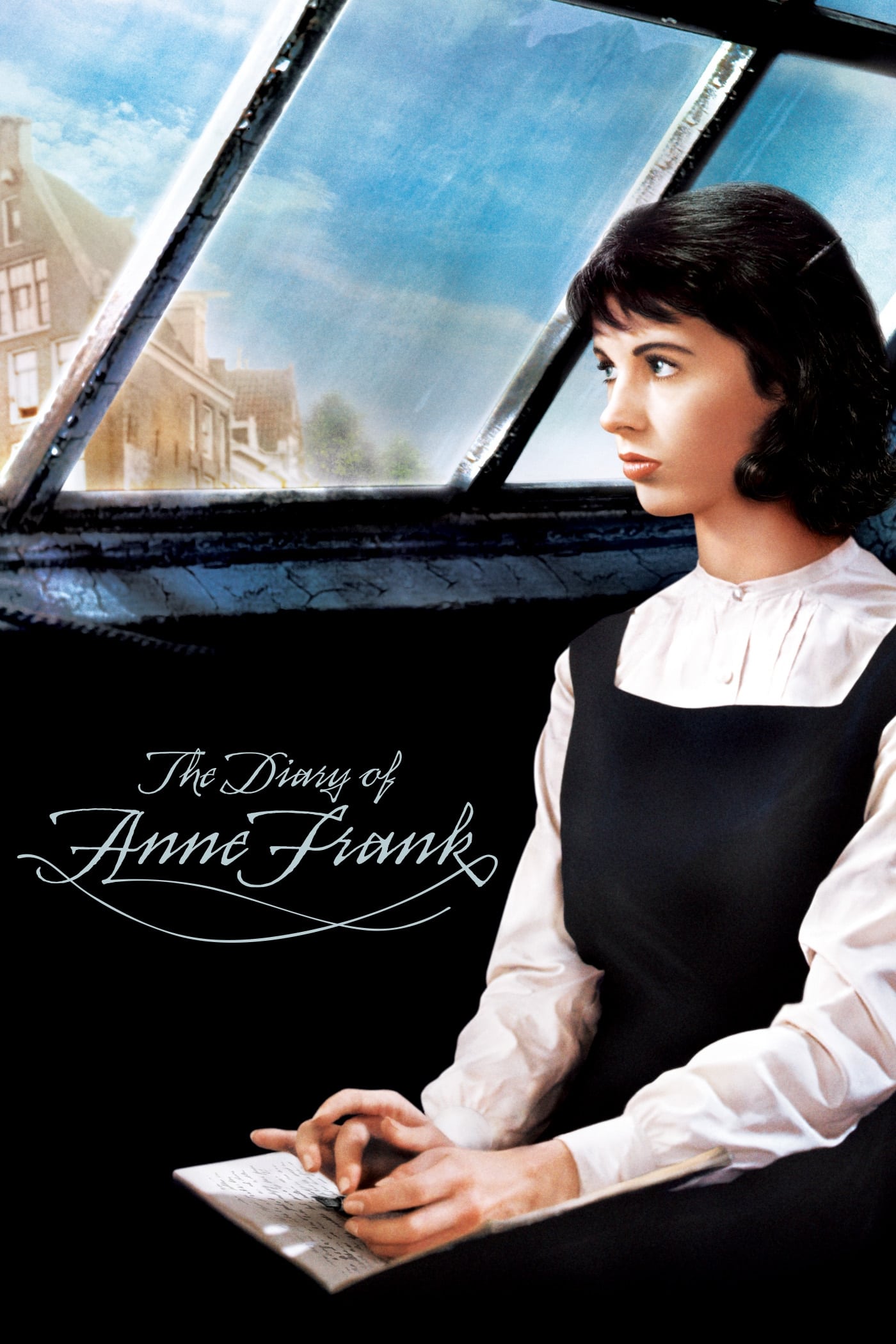
This version of the story helps students in literature and history classes understand how individual experiences relate to larger historical events. Teachers often use it to compare scenes with real diary entries, helping students analyze different writing styles and viewpoints. Students also learn about what daily life was like during the occupation and the dangers faced by families hiding from authorities. The story encourages students to think about empathy and its connection to important human rights issues.
‘An Inconvenient Truth’ (2006)
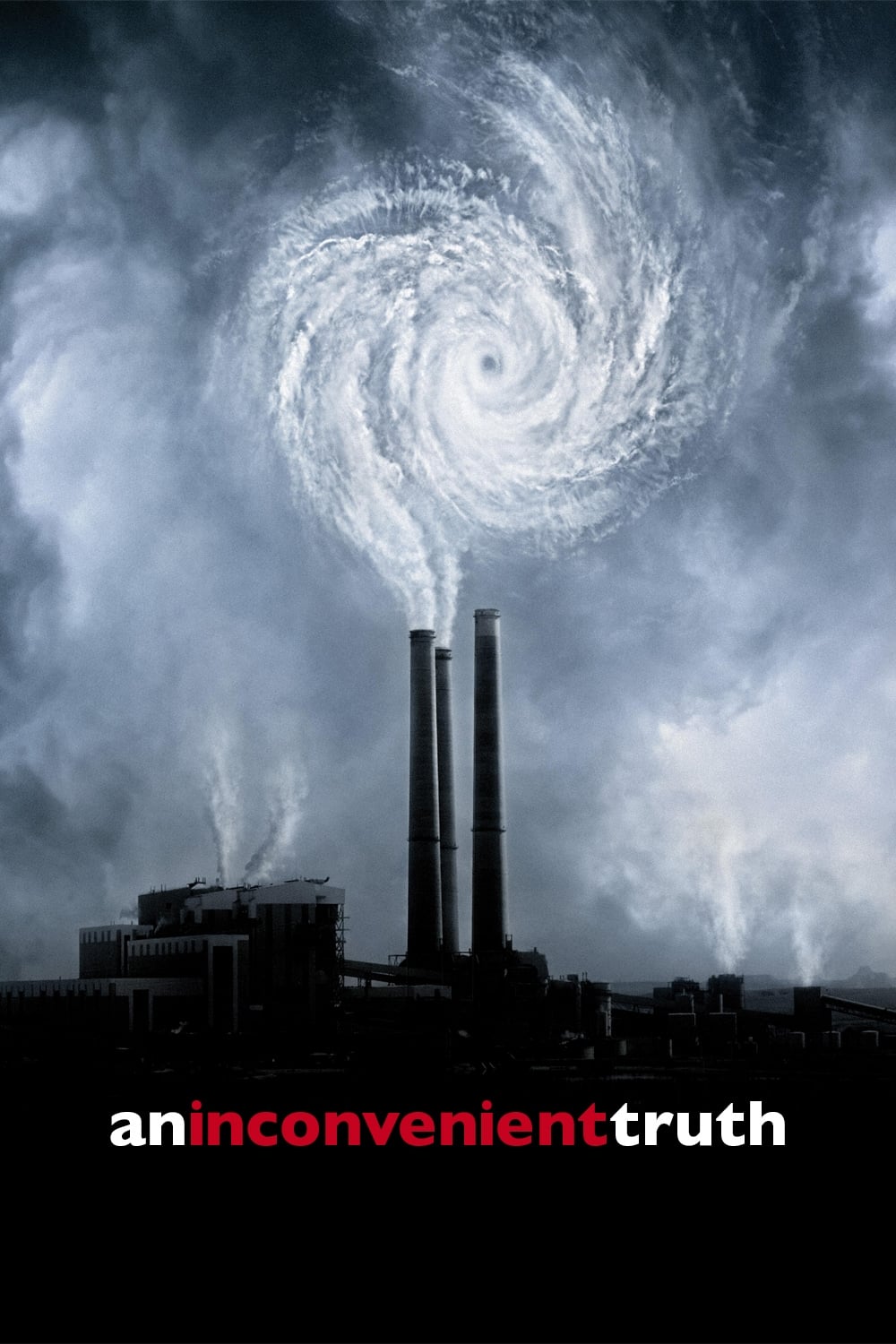
This documentary is a popular tool in environmental science classrooms for teaching about climate change. Teachers use it to help students analyze data, understand evidence, and assess different arguments. Students often participate in activities like calculating their carbon footprint and brainstorming ways to address climate change in their communities. Class discussions center on reducing the impact of climate change, adjusting to its effects, and getting involved in finding solutions.
‘Supersize Me’ (2004)
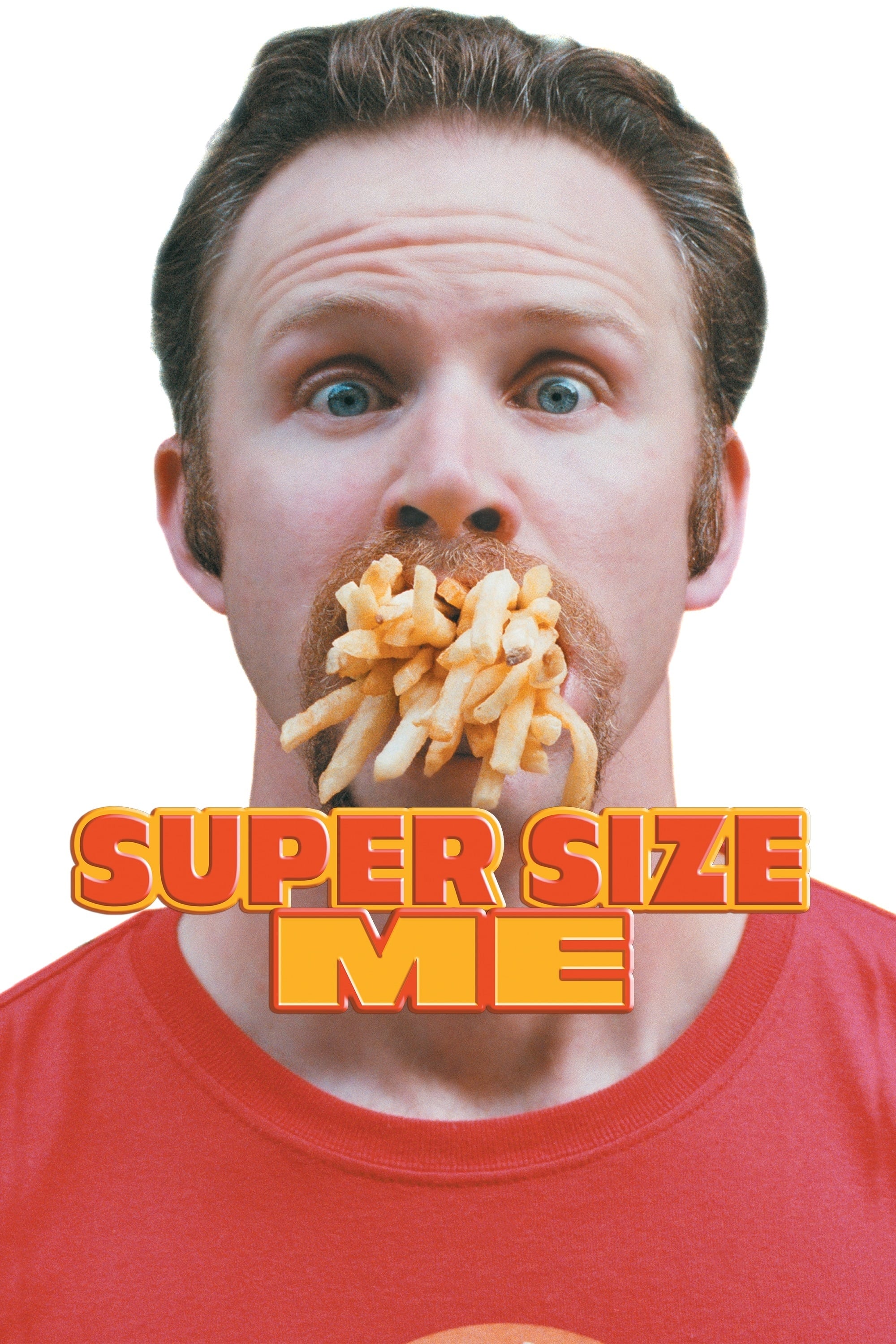
As a total film buff, I’ve seen this documentary pop up in a lot of health and nutrition classes, and for good reason! It’s a fantastic springboard for really digging into how diet, advertising, and our everyday choices all connect. What I love is that teachers don’t just show it, they push us to think critically – to question how the filmmakers approached things and if there’s any slant to the information. We spend a lot of time breaking down food labels, figuring out what we actually eat in a day, and thinking about the long-term impact on our health. Often, we’ll create our own meal plans or even put together presentations trying to convince others about different aspects of wellness. It’s a really engaging way to learn!
‘Hotel Rwanda’ (2004)
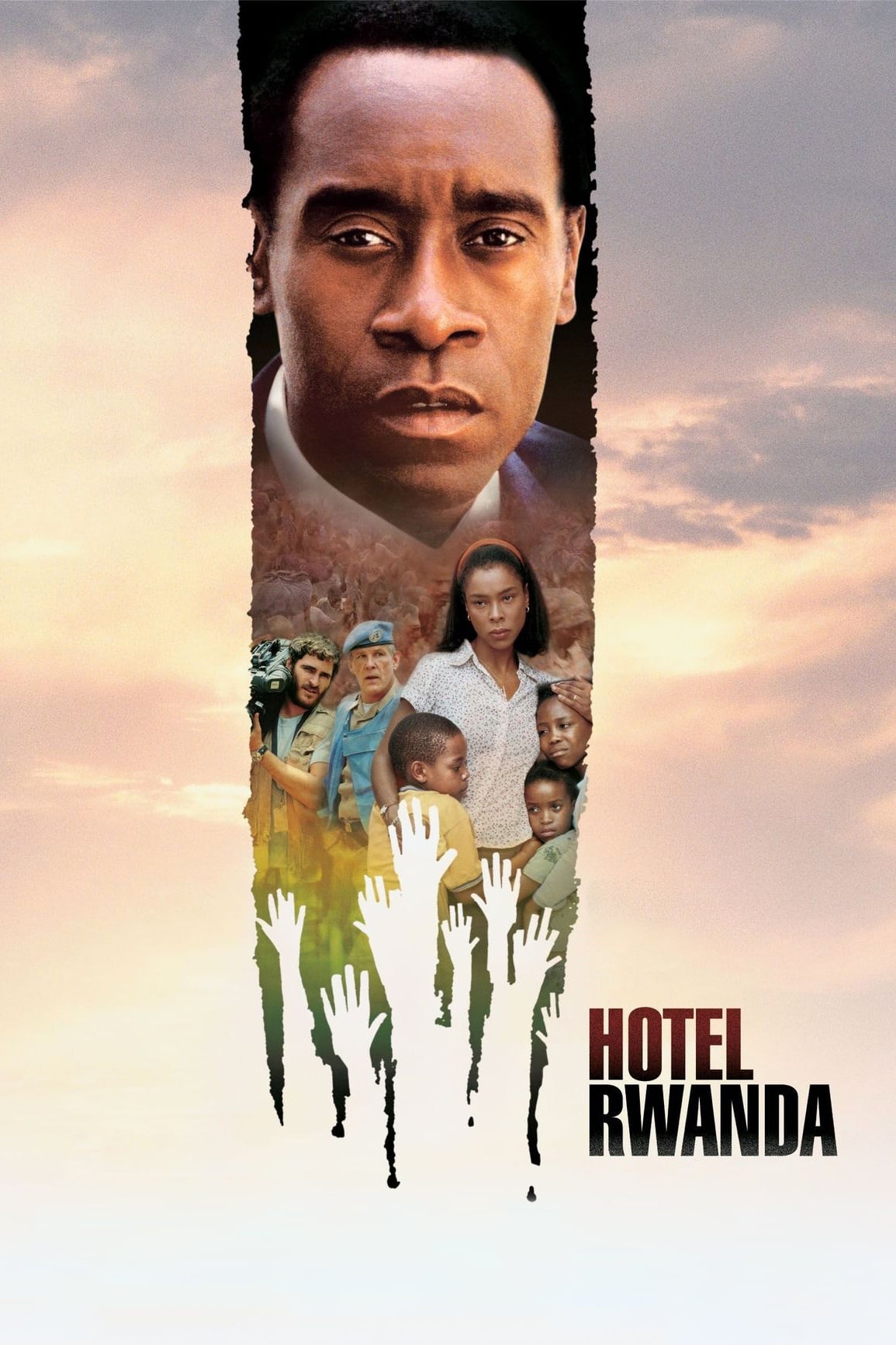
As someone who believes this film is incredibly important, I’ve seen it used in classrooms to help students understand tragedies like genocide and how the world reacts. Teachers usually give context about the specific situation and talk about the power of the media and the job of peacekeepers. We then really dig into how even one person’s choices can make a difference when things get tough. The discussions are powerful, focusing on how recognizing warning signs early on and following humanitarian laws are absolutely crucial.
‘Selma’ (2014)
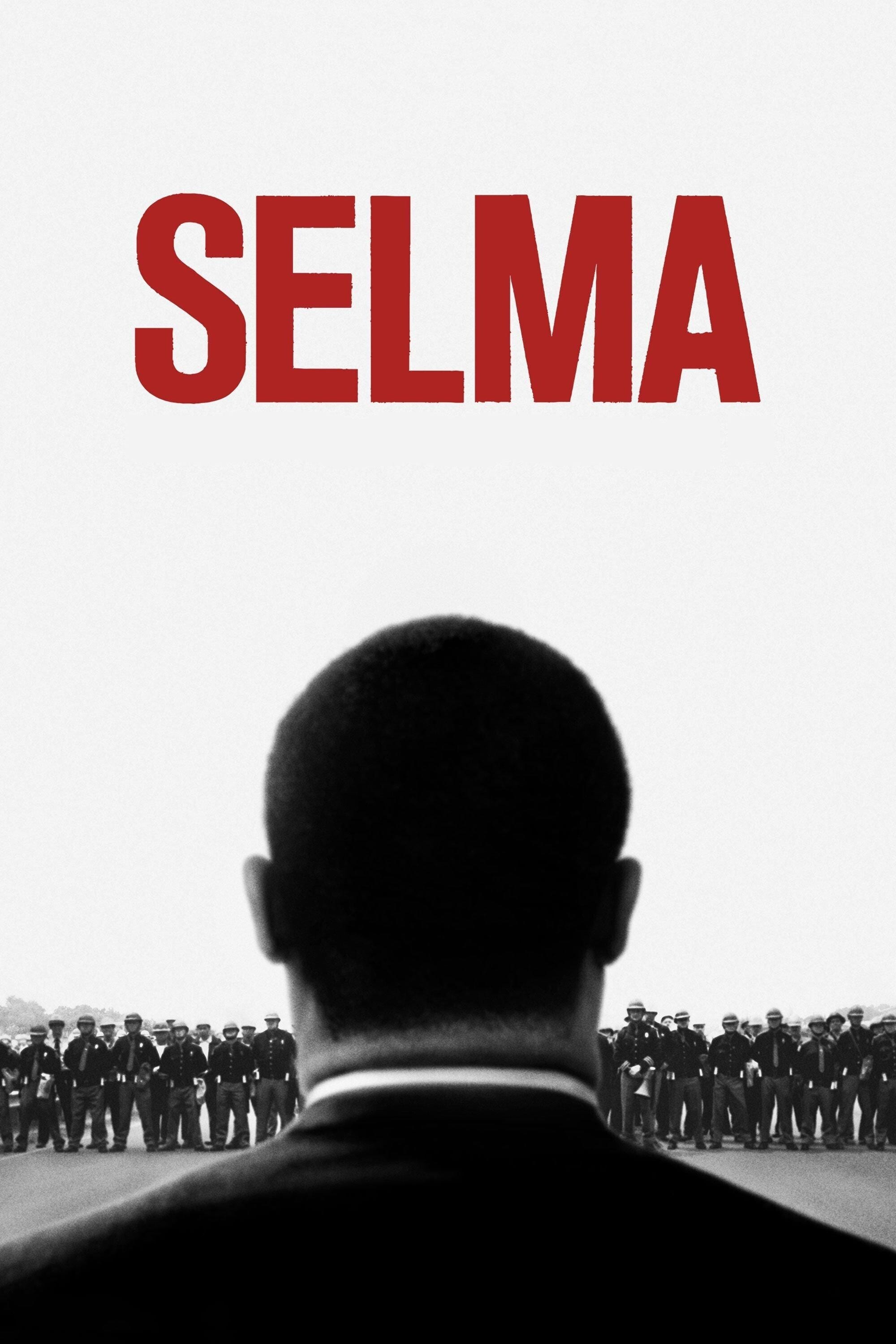
This movie helps support the study of the Civil Rights Movement by highlighting how activists organized, developed strategies, and fought for voting rights. Teachers guide students through important people and laws related to the era. Students learn by watching film clips alongside historical speeches and documents, and participate in activities like creating timelines and analyzing methods of nonviolent protest.
‘A Beautiful Mind’ (2001)
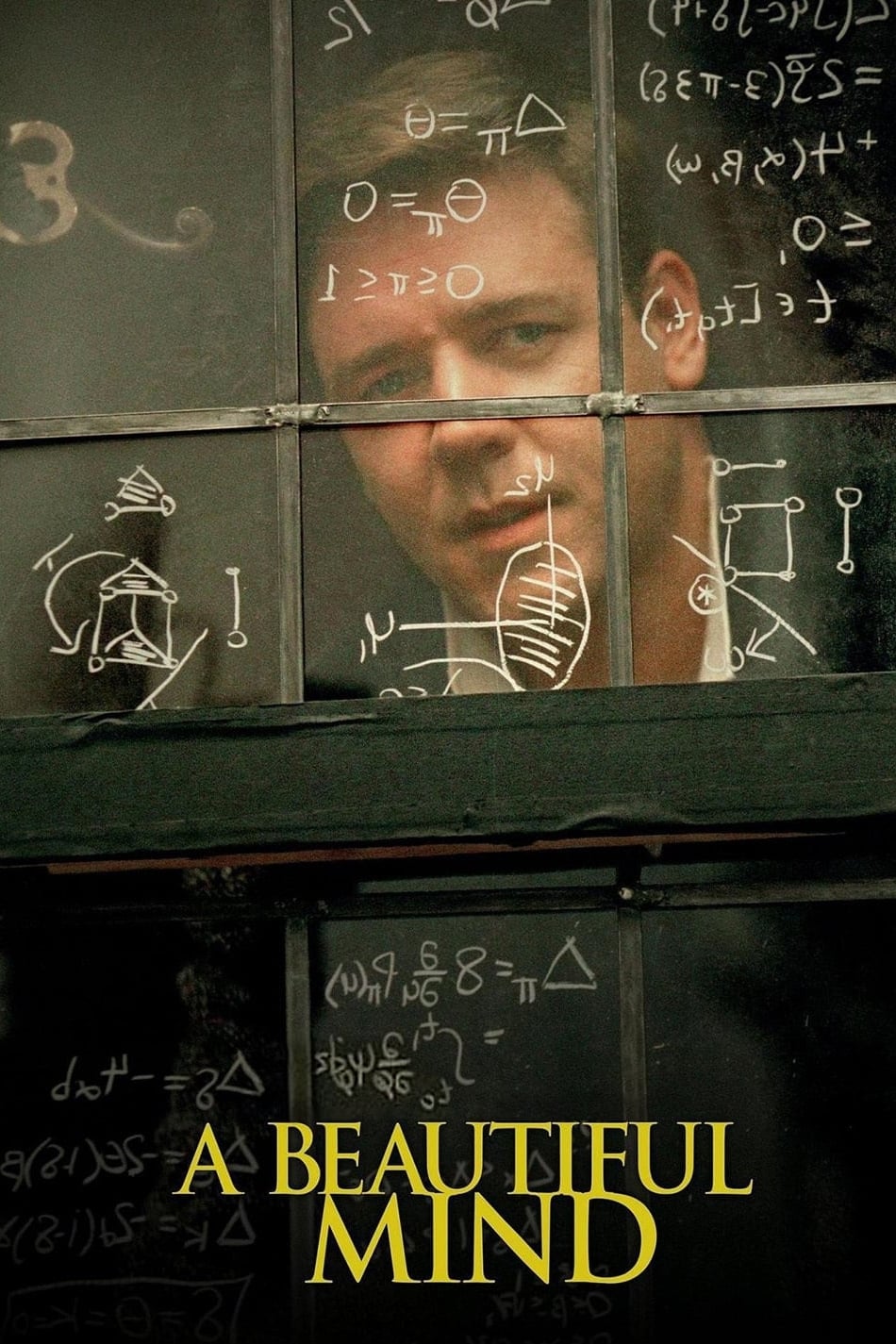
This film is a popular tool in both math and psychology classrooms for exploring how people make decisions. Instructors use it to illustrate game theory and connect scenes to real-world problem-solving, while students examine the difference between how we perceive situations and what’s actually happening. Class discussions often cover the importance of support networks and working together on research.
Share the movies your teachers showed and why they worked in the comments.
Read More
- Robert Kirkman Launching Transformers, G.I. Joe Animated Universe With Adult ‘Energon’ Series
- Avantor’s Chairman Buys $1M Stake: A Dividend Hunter’s Dilemma?
- NextEra Energy: Powering Portfolios, Defying Odds
- AI Stock Insights: A Cautionary Tale of Investment in Uncertain Times
- Hedge Fund Magnate Bets on Future Giants While Insuring Against Semiconductor Woes
- EUR TRY PREDICTION
- Ex-Employee Mines Crypto Like a Digital Leprechaun! 😂💻💸
- UnitedHealth’s Fall: A Seasoned Investor’s Lament
- The Illusion of Zoom’s Ascent
- Oklo’s Stock Surge: A Skeptic’s Guide to Nuclear Hype
2025-11-10 07:46